After my first encounter in 2005 with a Yogini Temple, in Hirapur in the state of Orissa in India, I started to look for all kinds of information regarding the Yoginis. In this search I came across the paper by the scholar V.W. Karambelkar published in 1985 by the Indian Historical Quartely, XXXI:362-374: “Matsyendranath and his Yogini Cult.” It was the first time I heard about this spiritual master and his work the Kaulajñananirnaya that seemed linked to the Yoginis and their temples.
The scholar, P.C Bagchi, discovered the original manuscript of the Kaulajñananirnaya in the early 20th century at the library of the King of Nepal. I found one copy of the English translation at the American Institute for Indian Studies in Delhi. I tried to contact Dr Prabodh Chandra Bagchi but learn that he had passed away in 1956. Then tried to contact the English translator Michael Magee as I wanted to ask for the permission to translate their work into Spanish. But in those days I received incorrect information that he was no more. Destiny took me to Nepal and magically I found again the original manuscript of the Kaulajñananirnaya that was for some time was lost because it was mis-catalogued as a Buddhist script. I was allowed to take pictures of each of the palm leaves. A few days after, back in Delhi, also under unusual circumstances, I met the eminent linguistic Satkari Mukhopadhyaya and showed him my pictures of the manuscript. A few weeks later we began to working together to translate the manuscript into English and Spanish. The Pandit Mukhopadhyaya did his best to introduce me to Sanskrit literature and its grammatical beauty while simultaneously working with the translation of the Kaulajñananirnaya. Tantra oral esoteric knowledge that used Sanskrit often transcribed their wisdom into vernacular scripts without paying particular attention to the Sanskrit grammar and syntax in order to create a cryptic language. The translations of tantric texts are difficult, opening windows for different levels of interpretation. Every scholar, translator or commentator carries their own agenda, which is influenced by cultural background, beliefs and experiences, however impartial they may feel their position may appear to be. The Pandit Mukhopadhyaya and myself created a unique teamwork. The Pandit brought his background of a great scholar and multitalented linguistic Brahmin while my background was that of a passionate traveller researcher and practitioner, in love with the knowledge of the spiritual path of the Yoginis.
The Kaulajñananirnaya (KJN) embodies the most esoteric teachings of the Tradition of the Yogini Kaula School, transmitted by Guru Matsyendranatha. The discussion goes beyond preconceived ideas in order to open windows for a more subtle understanding of the tantric alchemy that seems to have resonance in the sculptural expression of the Yogini temples.
The eminent scholar Abhinavagupta (Xth-XIth) in his chief work Tantraloka, (the light of Tantra) honoured Matsyendranatha with the title of ‘The Father of Yoga’. It means that at the time of Abhinavagupta (beginning of the 11th century), Matsyendranatha had already become a legendary Master.
The aquatic legends around Matsyendranatha took me to Bangladesh. I navigated in the vast body of water in the delta of the Brahmaputra River looking for the mythical Island of the Moon, Chadradvipa. Matsyendranatha ends every chapter of the Kauljñananirnaya saying that he received the knowledge in Chandradvipa that could be associated with the state of transcendence. Historical evidence shows that in the VIth century there existed on an island called Chandradvipa a temple dedicated to the Goddess Tara but with the changing course of the waters at the Brahmaputra’s delta, the island became submerged, “transcending the superficial level”.
In the Kaulajñananirnaya it is said that after the knowledge is received in the state of transcendence, (Chandradvipa) one goes to Kamarupa in order to integrate this knowledge in activity through the senses. In order to comprehend this esoteric idea I travelled many times to the ancient kingdom of Kamarupa, now the state of Assam. Kamarupa means the place where all desires take form, where the senses experience the creative Nature.
My study of the Kaulajñanirnaya and the Yoginis started more than ten years ago and I think it will continue for many more years. It has been a very humbling path. Every time I think that I understood that “I got it” something is there to show me the contrary.
The generic name of Yoginis was probably not related to the female Yogis ascetics that are found in paintings of the 18th century but rather associated with the idea of the act of yoking that derives from the same root as Yoga or union. Thus, the Yoginis are supposed to carry an intrinsic force (Kula, i.e. divine energy, Shakti) that when it circulates among the group creates oneness within the chakras in the macro and micro cosmos (i.e. the Universe and our physical body).
The Yoginis also appeared in the Kaulajñananirnaya as the embodiment of the knowledge of the siddhis (sophisticated techniques that give transcendental attainments). In other verses they are also women representing goddesses, who are the subjects of adoration. In those cases the female practitioners are called Yoginis. The concept of Yoginis seems to be energies inside our body that need to be activated in order to help us to cope with different situations. If stress has stopped the natural flow of energy in our chakras, the activation of the Yoginis help to restore it.
This journey has been and is still a fascinating trip inside myself. It also gives me the opportunity to meet fascinating persons that share the same interest and to travel around India rediscovering the unique tradition that seems to have been beyond cast systems or gender barriers.
Now, after many years of research I can finally share this important study in my own language and present the Spanish translation of the Kualajñananirnaya.
The ‘Kaulajñananirnaya’

previous post

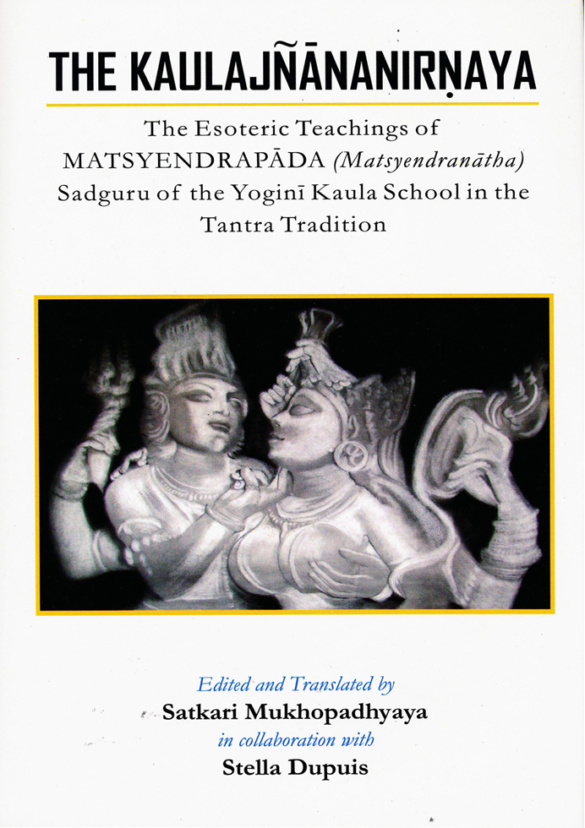

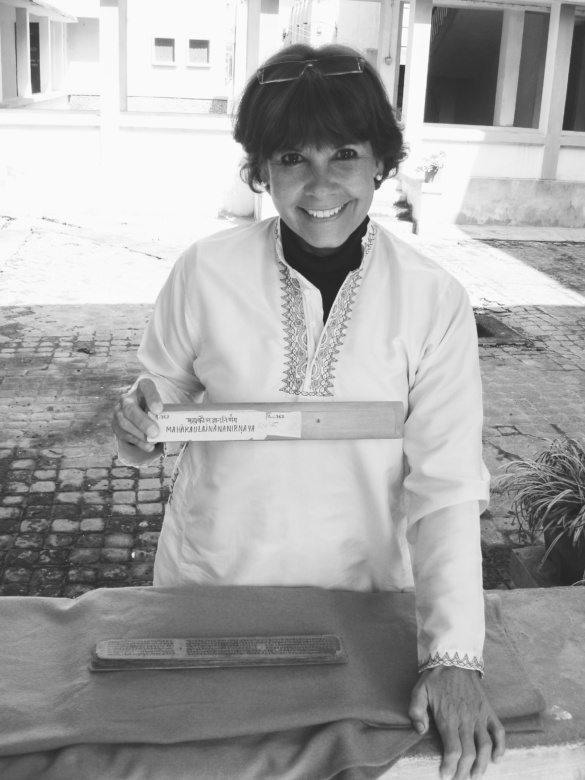



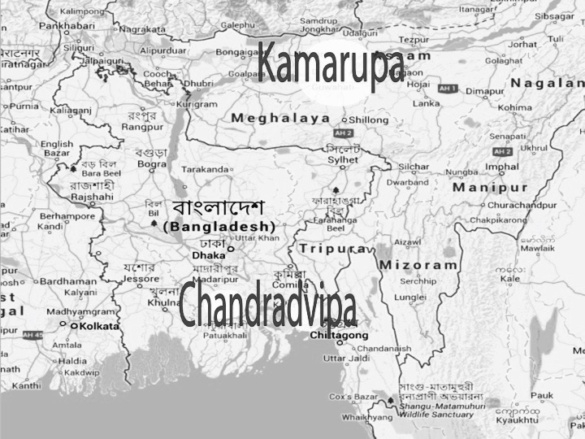


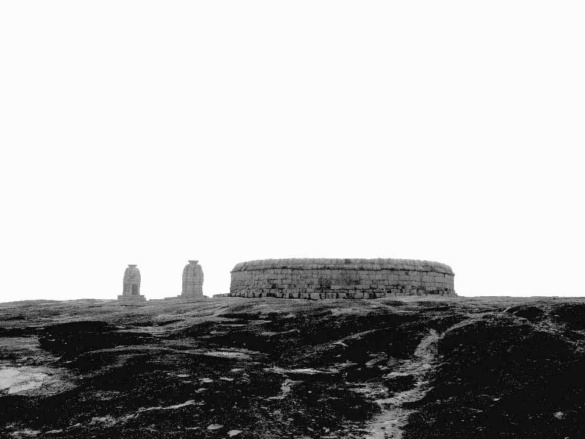


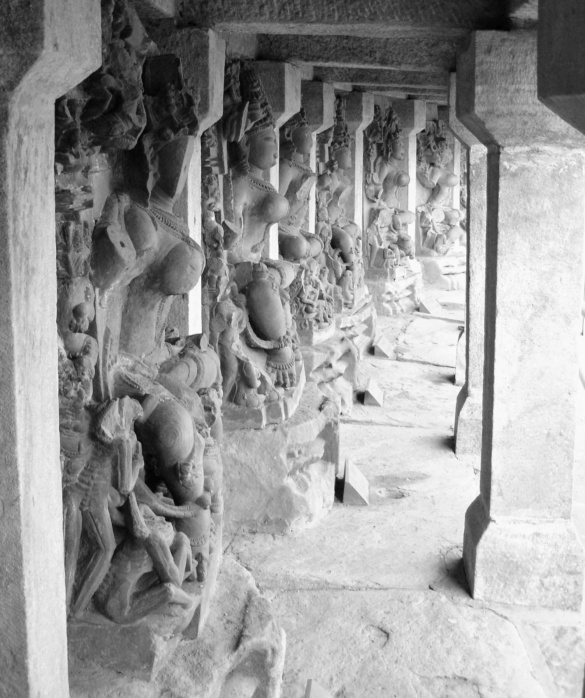

3 comments